Eight years after the reactor catastrophe in Fukushima, the Japanese operator, Tepco, will take close to a nuclear power plant back in operation. However, local residents are concerned of a new misfortune.
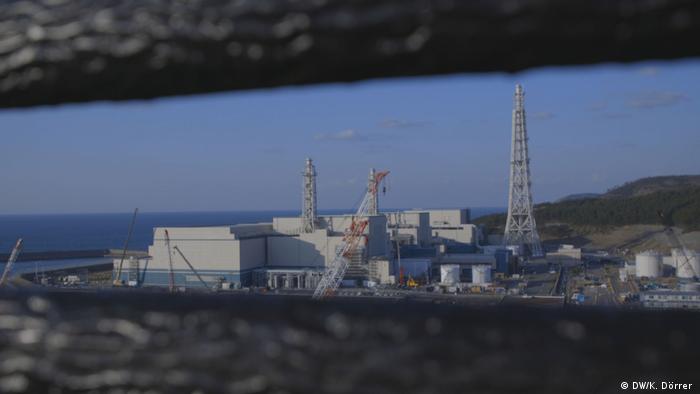
For decades, nuclear power was regarded in Japan as the perfect solution: for the energy thirst of the country as well as for the strengthening of the economy in the less developed areas outside the cities. The sleepy town of Kashiwazaki, only about an hour’s drive to the South of Fukushima, put a long time on nuclear power. The here description the Kashiwazaki-Kariwa nuclear power plant is operated by the company Tepco – the same company that is also for the power plant in Fukushima responsible, in the eight years ago to the worst nuclear disaster since Chernobyl.
In 2011, an earthquake triggered a Tsunami, in the course of which it came at the Fukushima power station is a power failure, until finally, in some reactors, the core melt started, and radioactive radiation is released. Around 160,000 residents were forced to flee before the Super-Gau.
Criticism of Tepco
The Kashiwazaki-Kariwa nuclear power plant – the largest in the world – can supply in full capacity-16 million households with electricity. It is the only remaining plant of TEPCO in addition to Fukushima. But since the disaster of 2011, all seven reactors have been shut down – yet.
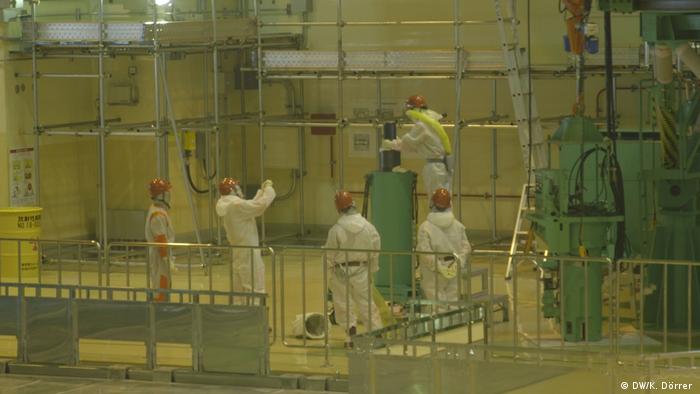
Workers in the Interior of the reactor 7, which is prepared for the restart
In the past, Tepco repeatedly due to negligence in the criticism, had to pay the affected residents due to the Fukushima disaster compensation. The rehabilitation of the power plant extends until today. Eight years after the disaster has still not been clarified completely, it could come to the accident.
The same reactors, the same risk?
In the midst of this situation, the Japanese authority for nuclear regulation in the year 2017 the green light for the restart of two reactors at Kashiwazaki. You can be sure. The power plant is only 250 kilometers away from the plant in Fukushima, on the coast of the sea of Japan. The two reactors, which are being prepared for a restart are of the same type as the reactors in Fukushima, the core melt.
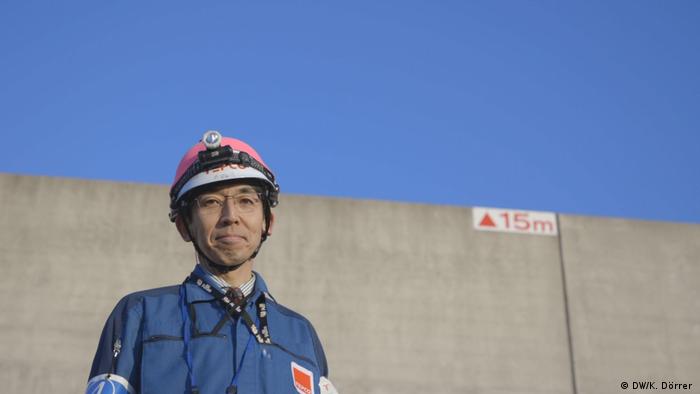
Toshimitsu Tamai before the 15-Meter-high wall to protect the plant from Tsunamis
But This Time everything will be different, assured the Deputy head of the Kashiwazaki-Kariwa plant, Toshimitsu Tamai. After all, Tepco had built a 15-Meter-high wall around the plant to withstand the highest tsunami. In addition, the reactor have been increasingly building and Filter installed, which would, according to Tepco in the case of a core only 0.01 percent of the radioactive materials to melt. Two ponds were also used as a cooling water tank, should it come again to a disaster. In addition, a fleet of Diesel generators stand ready to provide in case of emergency, the 4.2-square-kilometer Area with electricity.
Tepco needs revenue
In the eyes of Toshimitsu Tamai, the reboot is not only necessary, but also a Win-Win Situation. “We have to take responsibility for Fukushima,” says Tamai. “One of these is to generate revenue to the plant in Fukushima permanently shut down”. And the cost: The Japanese government estimates that the total sum for the cleanup and compensation payments in Fukushima on 22 trillion Yen (almost $ 200 billion). Experts of the Japan Center for Economic Research expect more of 70 trillion Yen.
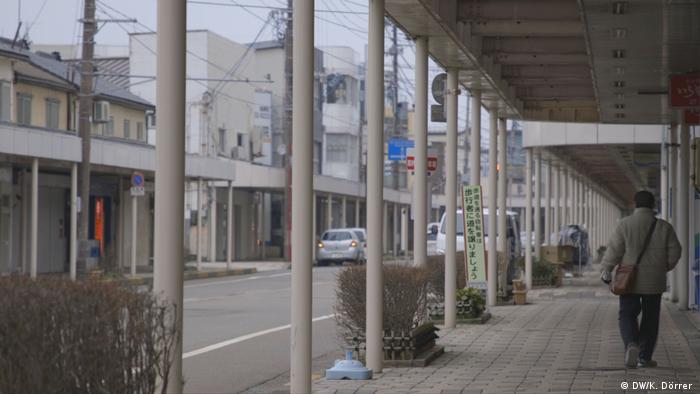
The Region around the facility in urgent need of economic recovery
Tepco sees the restart, but also as a necessary step towards the abroad more independent energy policy, which the company also contributes to the national security of Japan. In addition, the Locals should benefit: The power plant today employs more than 6000 workers, 60 percent of which were residents from the immediate surroundings. By the operation of the two reactors, additional jobs would be created, which would give the local economy a much-needed boost, as Tepco.
The citizens are skeptical
However, not all residents buy the company this line of reasoning. The promise of an economy sounds upswing hollow in the almost deserted shopping streets in the area, many stores are empty. Like many other cities in the country has to fight Kashiwazaki with an ageing population and an increasing rural Exodus – a Trend that may also change again-up, in the end, the nuclear power plant.
In the past year, more than 60 percent of the inhabitants of the Prefecture of Nigata languages in a survey, in Kashiwazaki, against the restart of the nuclear power plant. The residents are worried about safety, after all, it was during the preparations for the re-commissioning of several mishaps. The last occurred on 28. February of radioactive water from a reactor. In December, defective cable, which supplied one of the reactors with emergency power had triggered a fire. The reason for this is currently unclear.
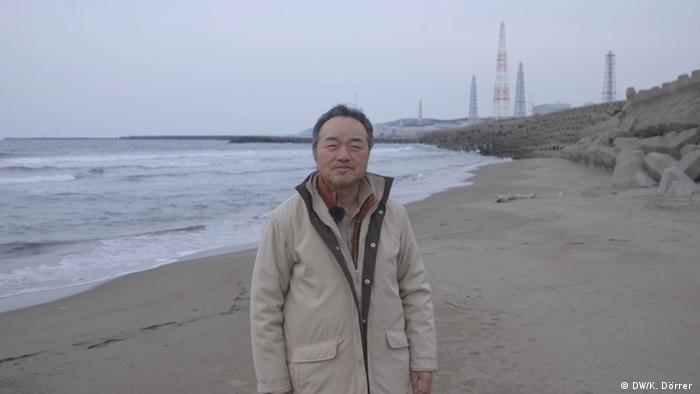
Anti-nuclear activist Kazuyuki Takemoto in front of the Kashiwazaki-Kariwa plant
“To be honest, we don’t just think once again! You make a step forward, and three steps,” said Tsutomu Oribe, who runs a Sushi Restaurant in Kashiwazaki. “We have all learned only too well what can happen.” Similar Kazuyuki Takemoto. He is a retired councillor and Anti-nuclear activist: “I don’t think anyone Tepco should not entrust the restart of a nuclear power plant, as long as the company knows, what exactly happened in Fukushima.”
“Tepco treats the symptoms”
The former Tepco engineer Toru Hasuike can confirm these concerns. “If the Tsunami that hit Fukushima, is repeated exactly, then I think that, in Kashiwazaki-Kariwa, a collapse could be prevented,” Hasuike. “But this is the nature does not work. Tepco treats only the symptoms.”
The authority for nuclear regulation has said that the flood walls are not deep enough in the soil stuck. Should there be an earthquake, could cause the floor and the walls come tumbling down. “This is a very specific Problem of Kashiwazaki,” emphasizes Anti-nuclear activist Takemoto. “To build a power plant in such an area, from the beginning was a mistake.”
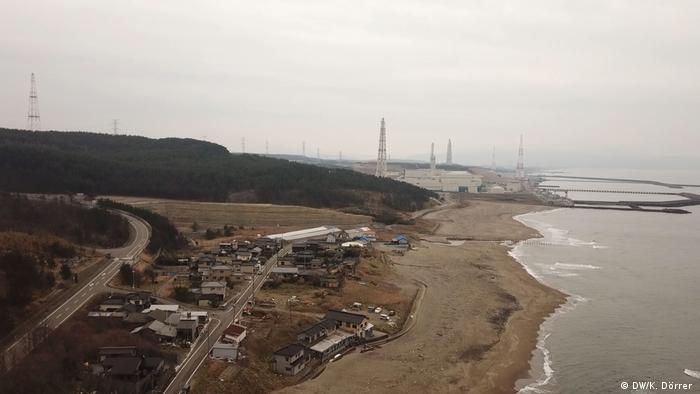
The area in which the plant is located, is considered as unsafe
The probability of a large earthquake in the Region is high. In 2007, an earthquake of a magnitude of 6.8 shook the area and caused a fire in one of the reactors. Three more had to then be permanently closed.
Japan wants nuclear energy
Nevertheless, While a number of other industrial Nations, including Germany, the production of nuclear energy, is the return to nuclear power for the Japanese government, a task of the highest priority. After the disaster of Fukushima all the reactors were placed in Japan still. Meanwhile, nine of the dozens of plants are back in operation. In the past year, Prime Minister Shinzo Abe unveiled a Plan to generate up to the year 2030, at least 20 percent of the nation’s energy from nuclear power. At the Moment there are only two per cent. Whether soon Kashiwazaki-Kariwa will provide a share of the nuclear power, is now in the hands of the local politicians. In the middle of the election campaign, you need to cases, the final decision on the operation of the system, because in the April elections in the affected Prefecture, Niigata regional.